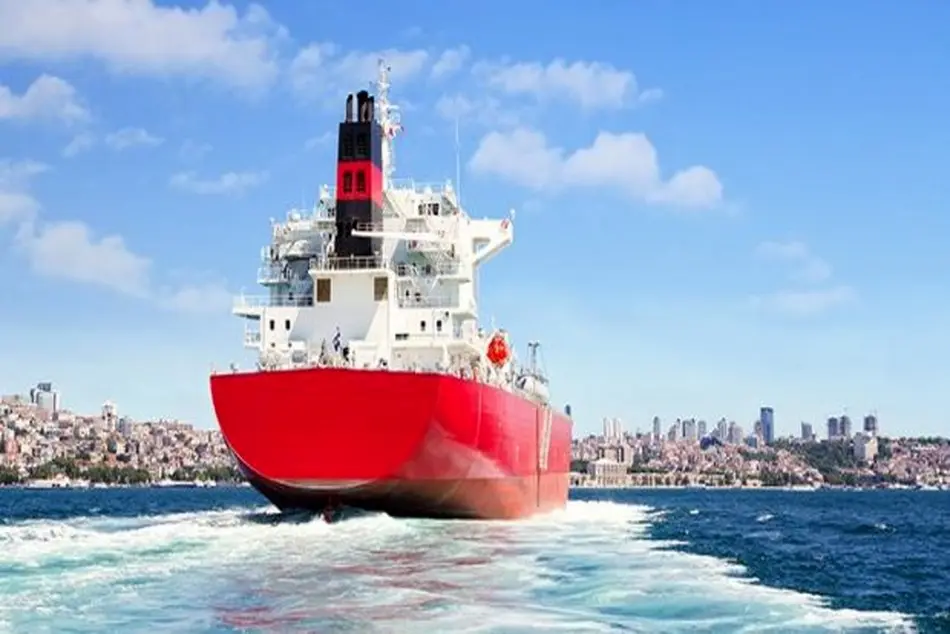USCG sets design criteria for LNG fuel systems

The US Coast Guard issued a Change 1 to “Policy Letter 01-12, Equivalency Determination – Design Criteria for Natural Gas Fuel Systems”, establishing design criteria for natural gas fuel systems that provide a level of safety at least equivalent to that provided for traditional fuel systems.
As explained, the use of natural gas as a shipboard propulsion fuel is a leading alternative to traditional oil fuels for meeting domestic and international air emission requirements. However, since LNG is relatively new as a marine fuel in the U.S., there are no federal regulations to address the safe design of shipboard LNG-fueled systems.
Policy Letter 01-12 was first issued in April of 2012, to provide a streamlined approach for establishing equivalency under the Code of Federal Regulations, using Interim Guidelines published by IMO during development of the IGF Code as a baseline standard.
The IGF Code became effective on 1st January 2017, and provides substantive improvements over the earlier Interim Guidelines, including: revised terminology for clarity in fuel containment system design; a well-defined approach for considering alternatives; clarification on risk assessment requirements; new options for protective tank locations; and an expanded section on LNG fuel bunkering.
The improvements adopted by the IGF Code reflect a better understanding of the rapidly evolving nature of new fuel technologies, and continued reliance on what is now an outdated standard is no longer warranted. Therefore, this policy letter update uses the IGF Code as a baseline standard for vessels using LNG fuel as an alternative to those fuel systems covered by current domestic regulations.
Explore more by reading USCG’s official document:



